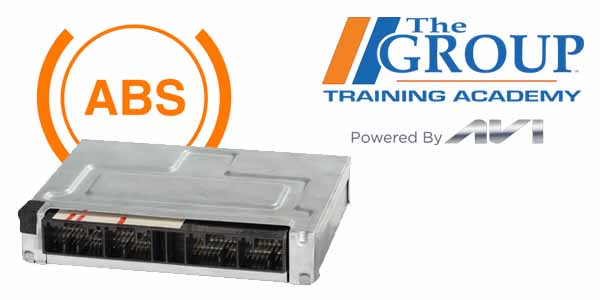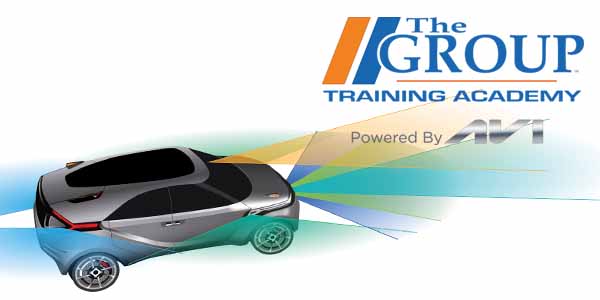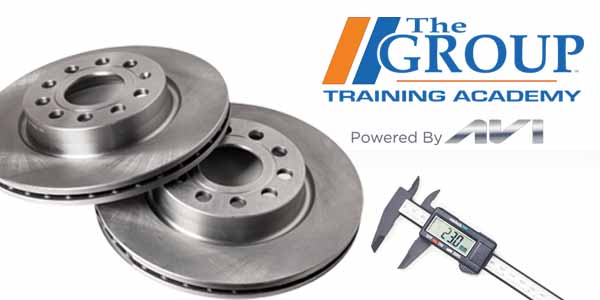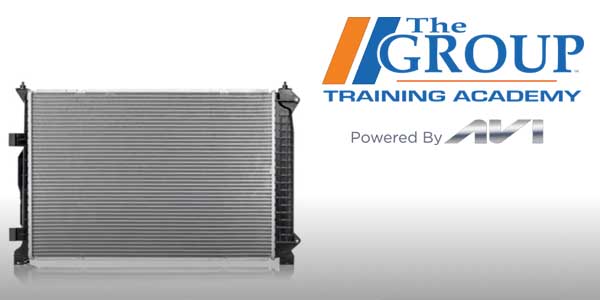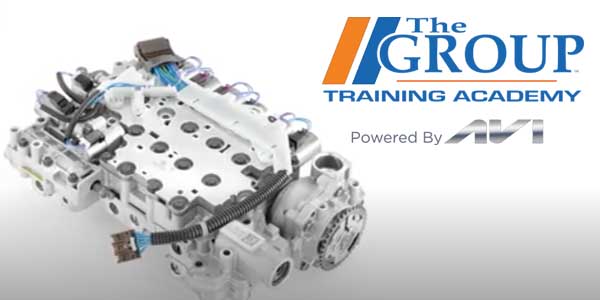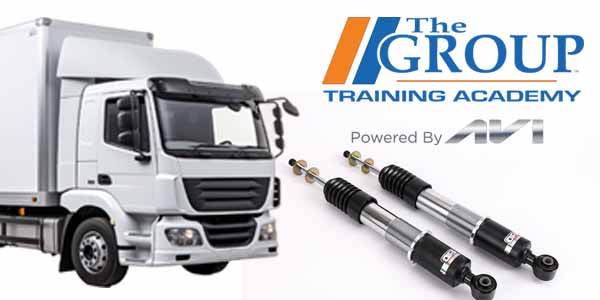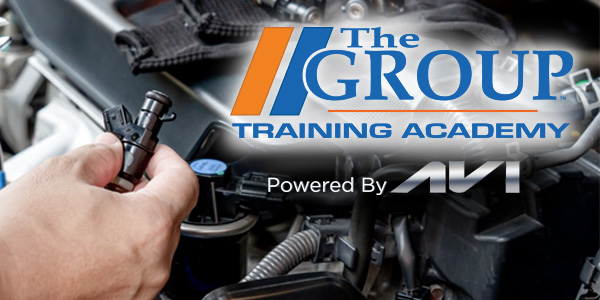Since automakers began using timing belts in the early 1970s, the conventional wisdom has been that oil and timing belts don’t play well together.
Oil contamination of the belt drive has been a death sentence, due to the rubber and fiber construction of the traditional timing belt. Oil attacked the rubber as well as the raw edge of the belt with its exposed fibers, weakening the belt until it delaminated and lost its teeth, or the belt snapped.
But here we are in 2022 talking about belt-in-oil timing drives, which are being used by well-known manufacturers in the European market, and are available from a few equally well-known aftermarket suppliers. And yes, this odd arrangement is already available here in the United States as well.
This video is sponsored by The Pronto Network.

